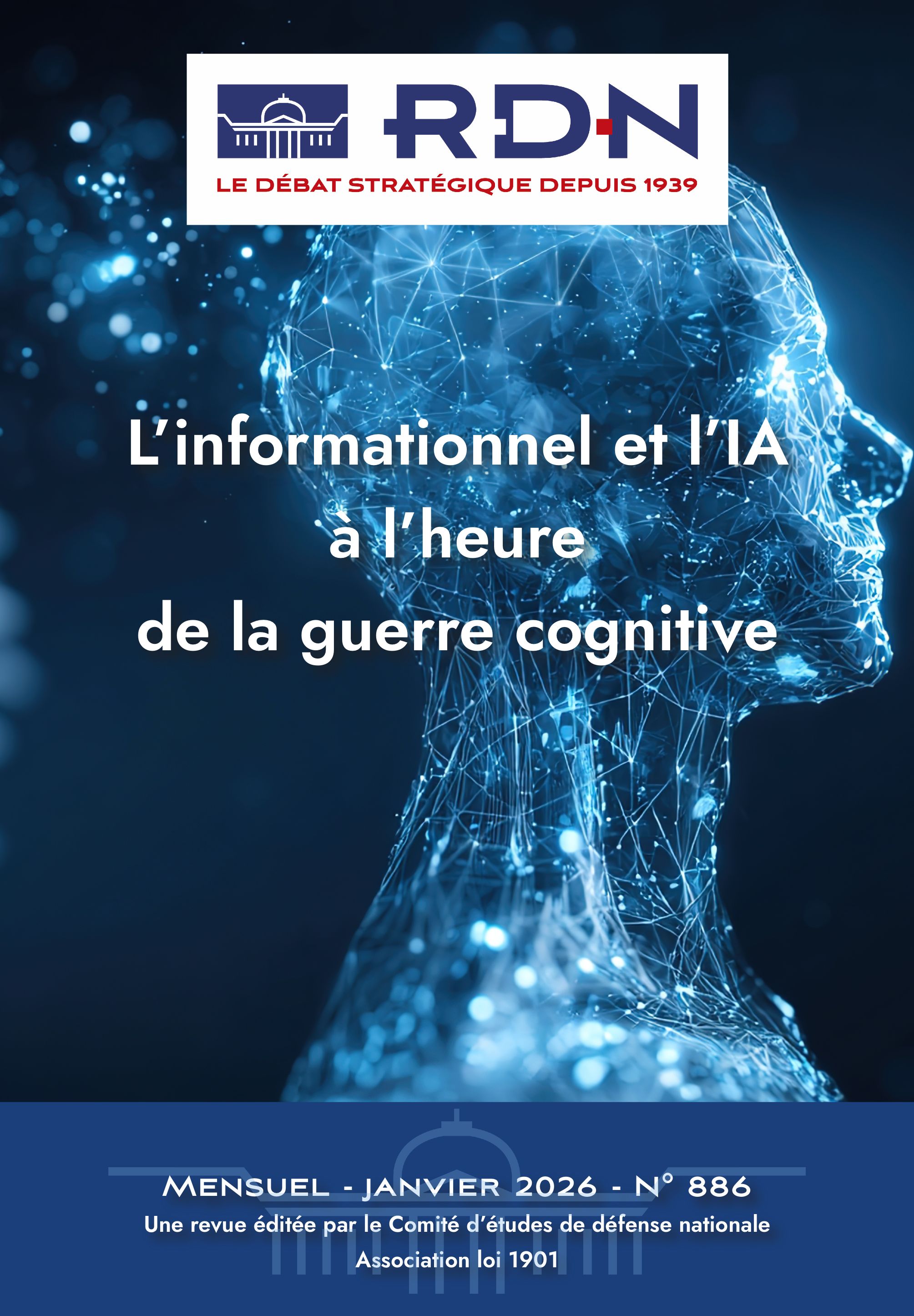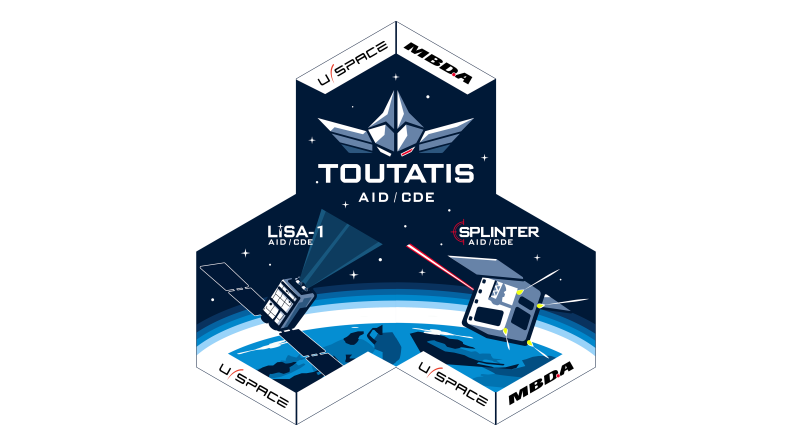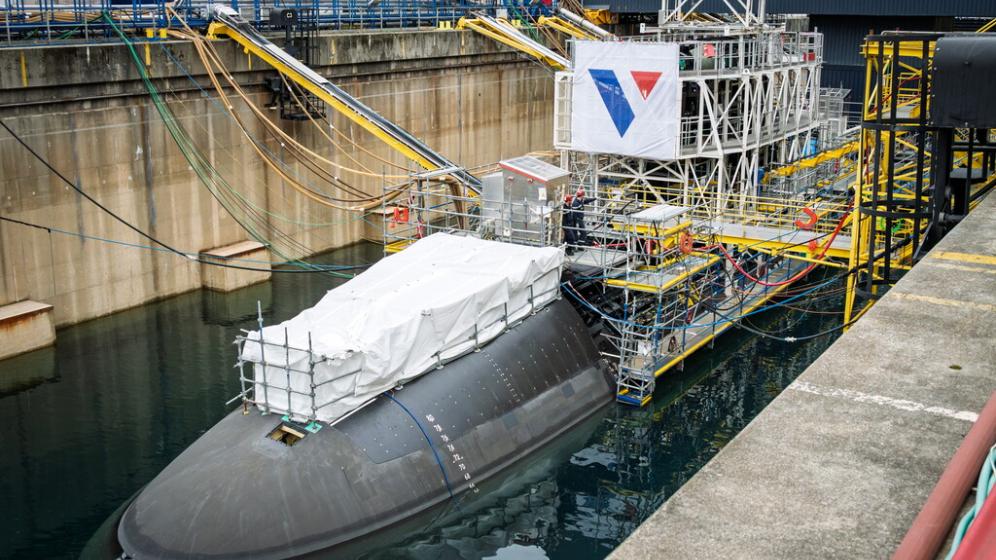There has been a gradual increase in simulation as an essential ingredient in the training of combat pilots. That notwithstanding, real flight remains the cornerstone of training experts in the military aeronautical environment. Could the best balance between the two be found in on-board simulation during real flight ?
Simulator Training for Future Combat Pilots
Today, more than ever, combat pilots need the best tools available to learn their trade as quickly as possible and to get the best out of the latest generation of combat aircraft, such as the Rafale, A400M, MRTT (Multi Role Tanker Transport) and NH90. In this context, methods of simulation, on the ground or in-flight, are presented as the answer to all these challenges. Where are we in fact? This article will shine some light on the value and limitations of these training methods.
Introduction
Budgetary constraints, reorganisations of air bases and units, training airspace restrictions and the level of deployment of the forces throughout the world all combine to make the preparation of pilots increasingly difficult. They have the effect of considerably reducing flying hours in combat aircraft, and additionally, combat aircraft of the latest generation are more difficult to master because their on-board systems are more comprehensive and the missions more varied. As a result, the training time required is increased. In these conditions, how is it possible to train highly-qualified pilots as quickly as possible to operate the ultra-technological systems of the latest-generation aircraft, in order to meet operational demands? And all this while keeping costs under control and ensuring safety for all.
In aeronautics, the usual answer to cope with a lack of flying hours is ground-based simulation. It may seem superfluous to specify ‘ground-based’ when it appears self-evident, but it is nevertheless a necessary distinction given that technological innovation has made in-flight simulation available. This apparent contradiction in terms is a powerful tool for the current and future training of combat pilots. In-flight simulation enables some or all of the functionalities of a combat aircraft to be reproduced but at a much lower operating cost. It allows training in the manoeuvres and tactical procedures used in operational combat situations to take place at the flying school level. Also, as we will see later, embedded (that is, in-flight) simulation allows certain limitations of ground-based simulation to be overcome, so these two training aids would appear to offer a panacea to respond to the drastic limitation of flying hours in operational combat aircraft. Of course, this assertion is only partly true, and the object of this article is to show how these tools should be used to squeeze extra value from military aviation training.
Ground-based simulation: not a real Swiss Army knife
Ground-based simulation is a preferred resource in pilot training in order to reduce the number of flying hours required. This reduction is only possible if the skills acquired in the simulator can make the transition positively to actual flying or, in other words, if a skill learnt in the simulator is reused effectively in real flight so that the consequence is that fewer actual flying hours are necessary to learn this skill. The risk, though, with ground simulation is twofold: either no transfer takes place, so there is no saving in flying hours, or a negative transfer takes place and more flying hours are needed to compensate for it. The object of this section is to suggest considerations for limiting the potential negative aspects of simulation, namely bad lessons.
It is widely recognised that the technical side of simulation design has received the most attention, to the detriment of the teaching aspect. It has to be accepted that technological development does not necessarily result in better training, for everything depends on the type of skills it is required to instil, and they do not always transfer effectively. Moreover, the dilemma which confronts all trainers is that of finding the ideal balance between the number of flight hours and the number of hours in the simulator, the aim being to find the best compromise between efficiency and finance. Firstly, we will consider the relation between the types of skills to be learnt in the simulator and their transferability. Secondly, we will see that to find the ratio between the number of flying hours and the number in the simulator, we have to evaluate the efficiency of the simulators in service.
The appropriate use of the ground-based simulator
For a number of years it has been accepted that training which combines simulation with true flying saves money. However, most scientific research on the subject concentrates almost exclusively on skills connected with the on-board instrumentation, which amounts to knowing how to use the instruments in the cockpit. The technical limitations of simulators in the past meant they did not offer a good quality view out of the cockpit. With improved technology, this problem was largely overcome and research also sought to improve the quality of training over a wider range of skills. Recent research has enabled us to assess the effectiveness of simulator training for skills running from the use of on-board instrumentation to visual flight, and even to simulate aircraft manoeuvring, which involves psycho-motor skills.
Research indicates that the acquisition of the skills involved with system management, (when the display is not composed of instruments with needles but of on-board computers) are those which transfer best. Positive transfer is systematically observed even with a low cost simulator such as an ordinary personal computer using commercial software. On the other hand, the results are mixed in the case of the motor skills involved in manoeuvring the aircraft. A simulator which reproduces the movements of the aircraft increases the realism and the sense of immersion in the virtual world. Although immersion is desirable in simulation there are much cheaper ways of achieving this, for example, to put the training into the context of a scenario, the better to introduce the trainee into the virtual world. However, this effect is not clearly apparent in the case of motor skills. For these skills it is preferable to train them in real flight and not in a cheap, or for that matter even a sophisticated, simulator. For the last category of skills, those involved in visual flight, there is no definitive answer. Research shows that some visual flight skills can be taught effectively with a rudimentary visual input (for example, landing) whereas others require high-quality visual effects (for visual navigation, as one example).
The quality of simulator training is therefore largely a function of the skill being learnt. This is why it is necessary to evaluate the simulators objectively when they are in service to decide which skills are effectively transferred and which provide no, or even negative, benefit.
Beware of the trap!
This is a matter of evaluating the effectiveness of the simulator. This evaluation has two objectives. The first is to find out if the training on the simulator can be transferred, skill by skill, to actual flight. The second objective is to determine the best ratio of flight hours to simulator hours during training.
Usually, this evaluation is subjective, based on the opinions of the users. Objective measurements now exist such as the Per cent transfer (PT) and the Transfer effectiveness ratio (TER). The PT enables the number of flying hours saved by the use of the simulator to be calculated, while the TER allows a more accurate measurement of the simulator’s contribution for each type of skill taught on it. If a skill is not, or is badly transferred to real flight, the simulator can be abandoned for that task. This means that the simulator can eventually be used to best effect.
The next step is to calculate the optimal ratio between the hours of real and simulated flight. The cost effectiveness ratio is an extension of the TER by including the cost dimension for the simulator and for real flight. Finally, it is possible to calculate the amount of simulator time required at its maximum efficiency and the amount of flight time to just meet the need, in order to arrive at the optimal amount of training at the least cost.
The sensible use of these objective methods of the evaluation of the transfer of training and thus, of the effectiveness of the simulator, allows:
- avoidance of the risk of negative transfer;
- direction of the use of each simulator towards its potential maximum;
- calculation of an optimal ratio of simulator hours to actual flying hours in a training programme.
Taken overall, these measures also enable the effectiveness of different training methods to be compared.
Ground-based simulation has made great strides over recent decades. It has established itself as a serious solution for certain types of training. For all that, pilots are unanimous as to the limitations of ground-based simulation, unreal bodily sensation and stress reaction amongst others. A new form of simulation could overcome these deficiencies. Aircraft fitted with modern all-screen cockpits are capable of accepting ‘embedded simulation’. This affords the possibility of injecting virtual situations into their displays which present the illusion of a realistic tactical environment to the pilot. The second part of this article will deal with this capability in more detail.
Embedded simulation—the way of the (near) future
Embedded simulation works by generating a virtual tactical situation in which artificial threats or other incidents are simulated and presented on the cockpit interfaces. For example, a cockpit screen can show movement tracks representing adversaries or allies as would the radar of an operational combat aircraft, even though no radar may be fitted to the training aircraft. It thus becomes possible for the pilot to use the training aircraft in simulated operational tactical conditions. This increases the effectiveness of the training by providing a simulated rich tactical environment in real flight conditions.
Several advantages result from this technology. Firstly, it will be possible to surpass current levels of tactical complexity in training, since the embarked simulation will reduce the cognitive load on the pilot by relieving him of some mental calculations. This will promote his ability to divide his attention and cope with more tasks of increased complexity than he can at present. In addition, the possibility of enriching the tactical environment in training will enable the pilot to accumulate experience in conditions very close to the operational ones he will experience later. This will be to his advantage when he joins the forces as a pilot.
Of course, not all activities can be reproduced by embedded simulation. For example, it will be difficult to train for missions during which the pilot has to interact with other aircraft by visual contact through the canopy when in fact they exist only on his computer screen. For this reason, while waiting for certain technologies such as augmented reality to arrive at maturity, it seems reasonable for the moment to train only in activities requiring interactions with objects beyond visual range. In these conditions, the risk of contradictions between what appears on the embedded simulator screen and what can be seen from the cockpit is reduced. Other limitations shared with ground-based simulation also exist, such as the degree of artificial intelligence of the virtual entities or the fidelity of the behaviour of the virtual threats.
However, the risks posed by this new tool are difficult to anticipate by virtue of a severe lack of scientific research or lessons learnt by experience. The newness of this technology within the forces, and even more so its application to training, means that thinking must be based on existing technology which approaches the characteristics of embedded simulation as closely as possible. This includes modernising the cockpits of training aircraft, such as the Technically Advanced Aircraft (TAA). In fact, while this technological modernisation is supposed to reduce the risks of flight, the Federal Aviation Administration (FAA) has noted a higher attrition rate for the previous generation of these aircraft. The factors producing the most errors come under two headings: an increase in the quantity of information to absorb and the automating of systems. The FAA’s recommended solution to reduce these problems is to greatly increase pilot training in the new skills required by systems management. It seems that in order to promote the efficient use of embedded simulation while limiting the risks, it may be necessary to include the acquisition of new kinds of basic skills very early in a pilot’s training. While the previous generation of aircraft demanded more training in the basics of flying, the new systems need more in systems management skills. Inevitably the training of future pilots will have to incorporate these two types of ‘basics’.
To sum up, the Air Force must confront a reduction in training on operational combat aircraft. The aim is therefore to train young pilots in the particular skills required by the operational aircraft before they begin to fly this type of aircraft. (1)
Three major areas of skills are needed:
- flying skills—the ‘basics’;
- systems management skills;
- tactical combat skills.
*
* *
Ground-based simulation is powerful and reliable for developing the last two of these. However, it is not so effective in creating flying skills. Real flying is the most efficient training for this type of skill. This is why embedded simulation in flight represents such an asset as it provides training in all three classes of skills. Nonetheless, to acquire the ability to master embedded simulation the pilot must first be able to master systems management. It is therefore through progressive training, based on sound knowledge and carefully integrating these new tools, such as ground-based and embedded simulation, that the Air Force will be able to deal with current and future issues regarding the training of the combat pilote. (2) ♦
(1) J. Donnot and V. Ferrari, L’optimisation de la formation du pilote de combat par downloading: limites et risques, Research report EMAA/BPLANS, 2012.
(2) C. Camachon and C. Blättler, La simulation embarquée: limites et risques pour la formation et l’entrainement du PN, Research report EMAA/BPLANS, 2012.









